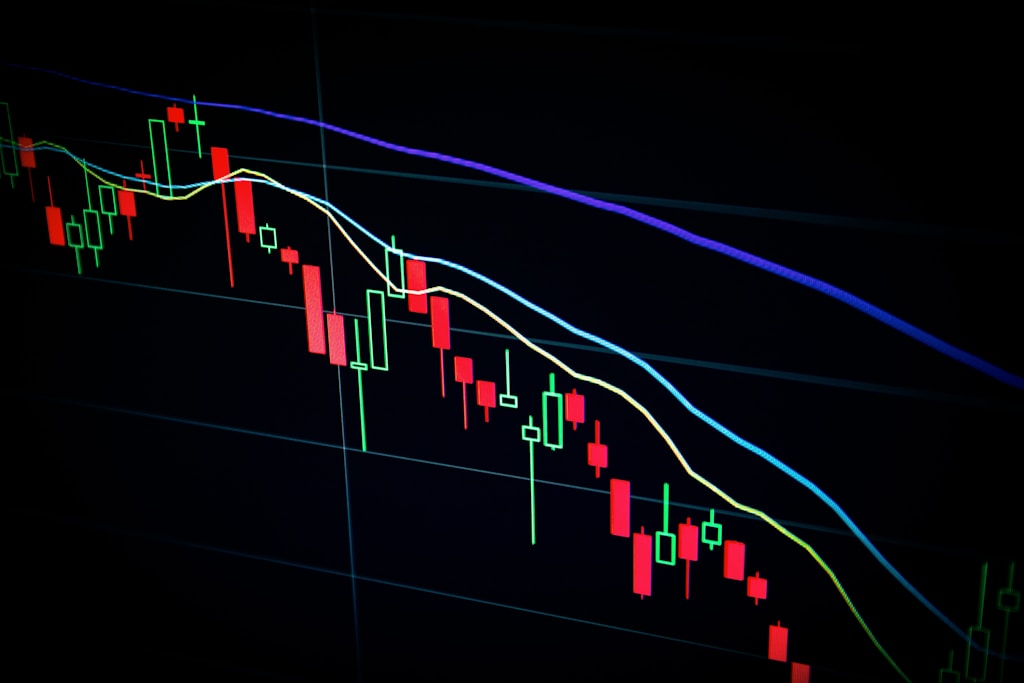The cryptocurrency market witnessed a massive $970 million liquidation cascade as an unexpected feud between former President Donald Trump and Tesla CEO Elon Musk triggered significant Bitcoin price volatility. This market turmoil has particularly impacted leveraged traders, with long positions bearing the brunt of the selloff.
Market Impact: Bitcoin Price Swings and Mass Liquidations
Bitcoin experienced dramatic price swings in the past 24 hours, dropping from $105,800 to $100,400 before partially recovering to $104,100. While BTC’s losses were contained to under 2%, other cryptocurrencies faced steeper declines, with Ethereum falling nearly 6% and Dogecoin dropping 7%.
Understanding the Trump-Musk Catalyst
The market turbulence originated from a public spat between Trump and Musk regarding the One Big Beautiful Bill Act. The confrontation escalated when Musk made controversial allegations about Trump’s connection to the Epstein files, leading to increased market uncertainty.
Liquidation Analysis: Long Positions Hit Hardest
According to CoinGlass data, long positions accounted for 88% ($854 million) of total liquidations. Bitcoin led the liquidations with $346 million, followed by Ethereum at $286 million.
Market Outlook and Trading Implications
This significant long squeeze event signals potential market repositioning, with traders now closely monitoring key support levels. Bitcoin’s $100,000 support level remains crucial for maintaining market stability.
FAQ Section
What caused the recent crypto market liquidations?
The liquidations were triggered by market volatility following a public dispute between Donald Trump and Elon Musk, leading to rapid price movements in Bitcoin and other cryptocurrencies.
How much was liquidated in the crypto market?
Total liquidations reached $970 million, with $854 million (88%) coming from long positions.
Which cryptocurrencies were most affected?
Bitcoin ($346M) and Ethereum ($286M) saw the largest liquidation volumes, while Dogecoin experienced a 7% price decline.





